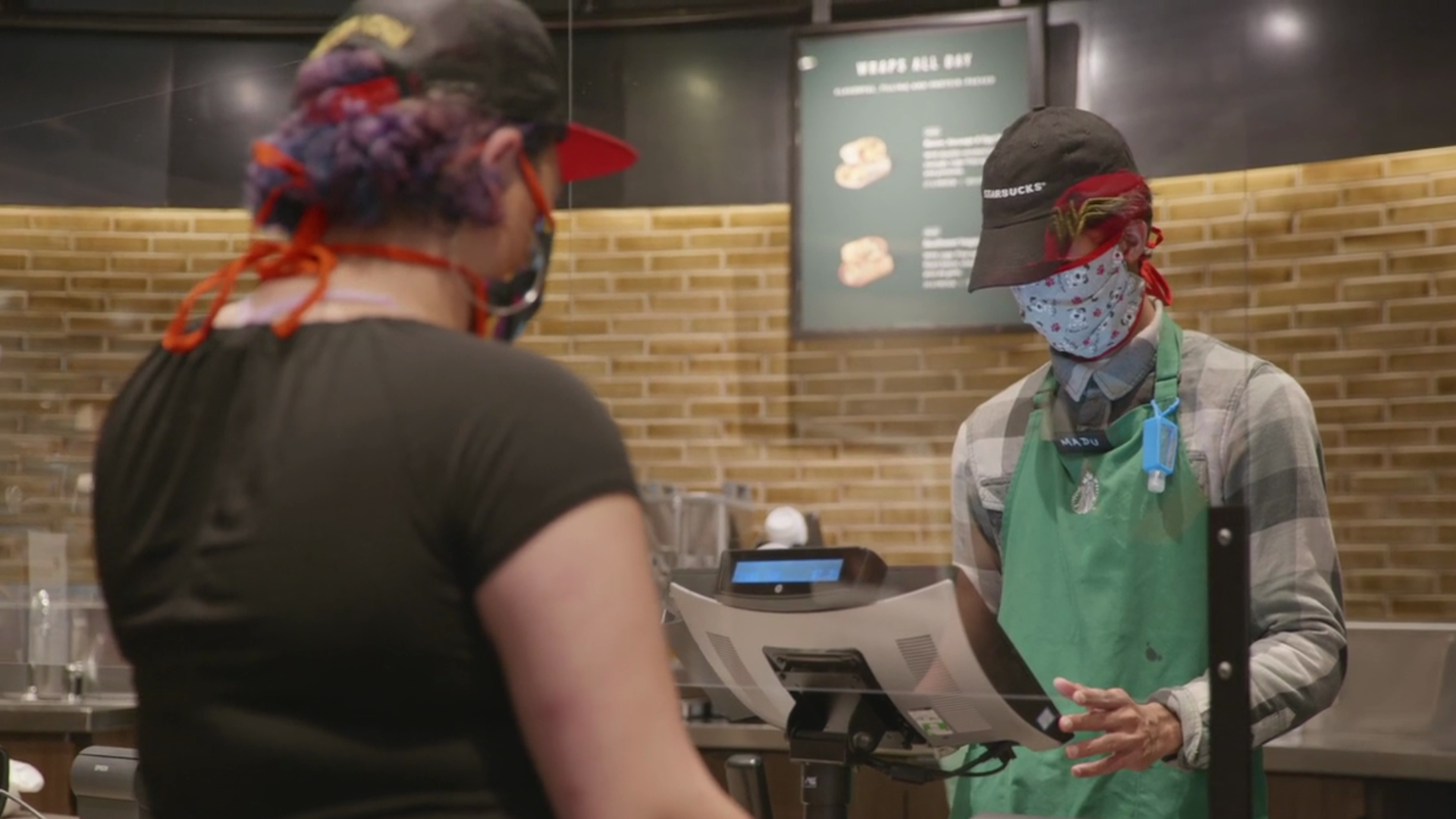SEATTLE — For many in this pandemic, going to work means staying home. Naturally, people are eager to get back to their actual offices, but experts say we all need to do our part to make that happen.
"It's a shared responsibility, along with state oversight, in terms of giving guidelines and recommendations about how to safely return to work," said Secretary John Wiesman from the Washington State Department of Health. Employers need to create structure, safe conditions and policies around social distancing, and employees need to adhere to those policies, stay home when they are sick, and maintain social distancing.
600 of Workhuman's employees in the U.S and Ireland are now working from home. To bring people back, Chief Human Resources Officer, Steve Pemberton says there's a long list of things to consider. His top four are providing safety and sanitation equipment like masks, gloves and hand sanitizer, creating signage indicating things like how far apart employees need to stand and where they can be at specific times, creating an updated office configuration that adheres to social distancing guidelines, and establishing protocols in the event someone in the company tests positive.
Former Governor Christine Gregoire heads Challenge Seattle, an alliance of 19 of the region’s largest companies. When the pandemic hit they quickly turned their combined attention to flattening the curve and have produced suggested guidelines for reopening businesses that include employee and visitor screening, "If we need to do contact tracing, we don't want to shut down forever, so lets know who was there. We can help the investigator from public health if we do."
Gregoire says businesses need to think about communication and giving employees a real sense of commitment to safety, "How do you post your plan at your worksite so anybody who comes in feels good about visiting there, knowing full well that that business has said safety first?"
"We've been able to learn quite a bit, both in partnering with the government and being able to adapt to a virus that emerges and then re emerges, " said Starbucks Executive V.P. of Public Affairs and Social Impact, John Kelly about their experience in China, where 97% of Starbucks are now open for business. Operating by three principles has helped Starbucks to be agile and adapt to the public health crisis in China and will be applied toward re-opening in the U.S., "First, the welfare and health of our partners and our customers. Second, what can we do to help partner with local health officials to actually contain the crisis? And then third, how do we continue to serve our communities such as the food banks and supporting our first responders who are who are working for us?"
All of our experts say the future will require a constant calibration of safety standards and new ways of doing business. It won’t be quick or easy, they say, but we’ll get there together.
This segment is part of the virtual town hall The Way Forward hosted by KING 5 and Premera Blue Cross. We asked viewers to share with us their biggest questions and concerns about life post-pandemic and gathered regional experts to provide the answers. All segments are available at king5.com/thewayforward. Sponsored by Premera Blue Cross.

